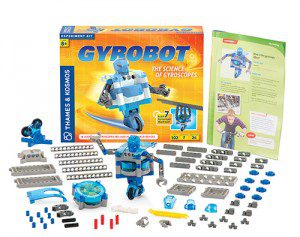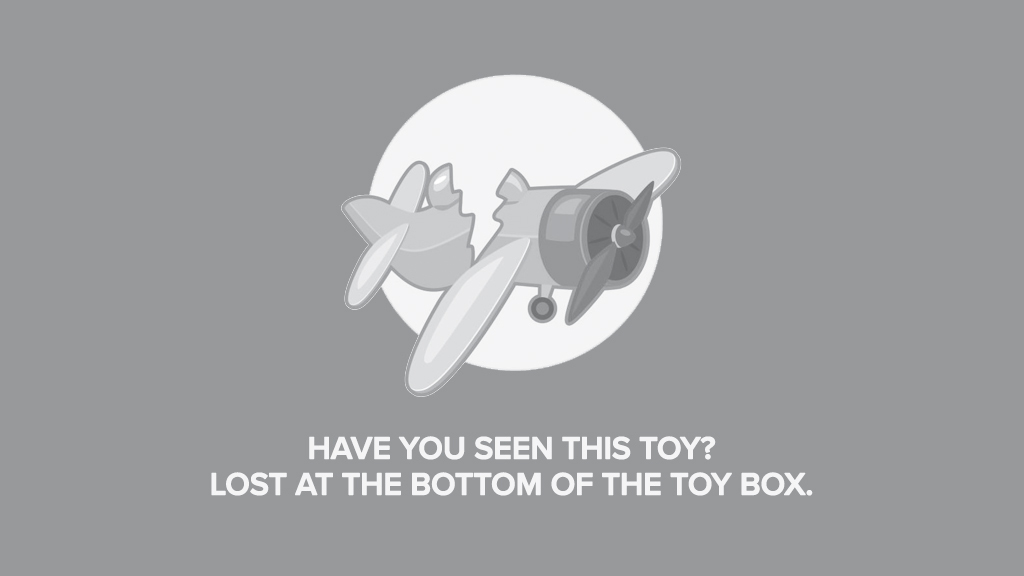In the past, the term “science toy” commonly elicited thoughts of volcano kits, magnifying glasses, and telescopes—and not much else. However, times have changed. Kids and parents today have a broad range of options to choose from in the science category, from toys that teach kids about outer space to kits that help them learn computer programming. With all the options available today, the industry is seeing new trends in the science toy space, and kids are reaping the benefits.
 Demand has grown for toys geared toward kids as young as 3 and 4 years old. Andrew Quartin, CEO of Thames & Kosmos, says, “I visit a lot of retail stores, and more times than not, I get requests for things specifically for 4-year-olds, and sometimes for 3-year-olds. This presents specific challenges, because the way kids ages 3 and 4 learn is very different from the way kids ages 6, 8, 10, or 12 learn.” The key to creating a successful product for this age demographic lies in how easy it is to play with. “One of the strongest assets of our kits are the manuals and the ease-of-use we create with them. How do you do that for a 3-year-old that hasn’t learned to read yet? Our thought is that we’re going to model our manuals after picture books, so it’ll be very image-driven and will tackle topics that they’re interested in.”
Demand has grown for toys geared toward kids as young as 3 and 4 years old. Andrew Quartin, CEO of Thames & Kosmos, says, “I visit a lot of retail stores, and more times than not, I get requests for things specifically for 4-year-olds, and sometimes for 3-year-olds. This presents specific challenges, because the way kids ages 3 and 4 learn is very different from the way kids ages 6, 8, 10, or 12 learn.” The key to creating a successful product for this age demographic lies in how easy it is to play with. “One of the strongest assets of our kits are the manuals and the ease-of-use we create with them. How do you do that for a 3-year-old that hasn’t learned to read yet? Our thought is that we’re going to model our manuals after picture books, so it’ll be very image-driven and will tackle topics that they’re interested in.”
Getting parents on board can also present a challenge, as the very nature of science kits can intimidate parents for whom science is not their forte. Thames & Kosmos aims to take that hesitation out of the equation. “I think one of the most overwhelming things for parents with science kits is, ‘Am I going to be able to do this with them?’” says Quartin. “So we try to make it so the parent can do it and get satisfaction from it.”
In-store demonstrations not only alleviate parents’ concerns about the ease of use, they can also help drive sales by showing the customer what they’re getting. “There are so many toys out there with a huge perceived value, and very little real value. We want to balance the two, and if anything, we want the real value to be greater than the perceived value so parents and children are pleased with the purchase after they’ve taken it home,” says Quartin. “A good example is if a kid sees a box with a Gyrobot on it, some will want it and some won’t. But if you show the child the actual Gyrobot walking on a tightrope in the store, the child’s going to want to take it home. Science has a sort of magical aspect to it, and if you can show that magic in action, children become fascinated by it.”
Among its new offerings, science kit topics from Thames & Kosmos will include space, robotics, computer programming, and, of course, the classics. Recent years saw a spike in interest in apps and computer toys, although that initial hype has seemingly quieted down. Quartin suspects that this is due to over-saturation in the market without a clear vision as to how to use this new technology efficiently. “From my perspective, I see the app trend as a pendulum that maybe swung a little too far and now it’s kind of swinging back the other way. I don’t think apps are going anywhere, but I think people are trying to figure out the right way to use them. In our industry—education and teaching kids science—there are so many great uses for them and I think trying to bridge the analog to digital world is something that everyone’s trying to deal with right now.”
Technology has become a race to arrive at the next big thing—and these advances have found their way into the toy market. The science toy space has never been broader, but as kids learn to use smartphones, tablets, and computers at younger and younger ages, manufacturers must keep up with the times and engage kids in science—in ways that make sense to them.
For more commentary from Christine, check back often. Views expressed in this column are solely those of the author and do not necessarily reflect the views of The Toy Book as a whole. We hope that you will share your comments and feedback below. Until next time!

